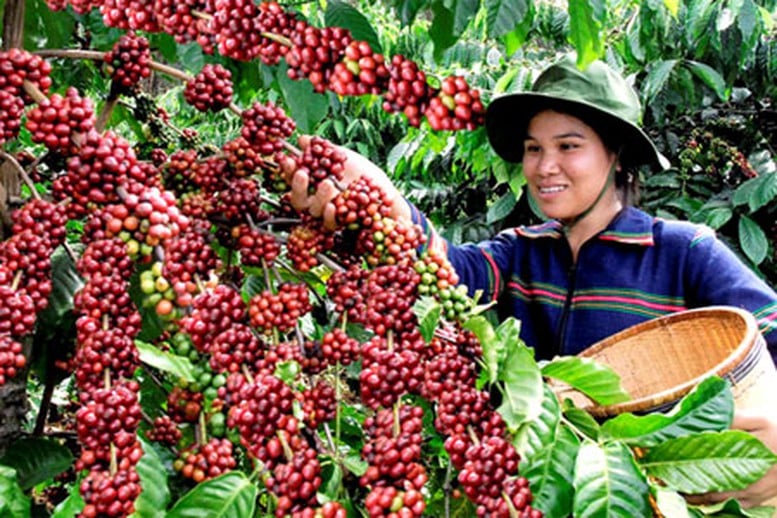
Vietnam, the world’s second-largest coffee producer, is approaching its 2025-2026 harvest, which is expected to start in October with output forecast to increase. The question is whether this crop will continue to bring a “golden season” in both output and price, or will the market witness the familiar scenario of “good harvest but low price”?
Brazil: From declining production to dismal exports
Although no official report is comprehensive enough, figures from the growing regions have shown a clear decline in Brazilian coffee production in the 2025-2026 crop year. Cepea - Center for Advanced Studies in Applied Economics at the University of Sao Paulo said many Arabica coffee plantations are in bad condition after a dry and hot period in the fall-winter of 2024, combined with little rain in February and March this year. These adverse weather conditions have reduced productivity in both harvesting and processing.
According to estimates by Brazilian experts, the new crop year's output will only reach 48-55 million bags (2.9-3.3 million tons). With domestic consumption of about 21.5 million bags (1.3 million tons) and inventories of less than 1 million bags, Brazil's exports in the period July 2025 - June 2026 may only reach 26.5-33.5 million bags (1.6-2 million tons), much lower than the forecast of 41.75 million bags (2.5 million tons) announced by the USDA in May and also the lowest level in many years.
Previously, thanks to coffee prices remaining high throughout 2024 until early April this year, export activities of the four major producing countries: Brazil, Vietnam, Colombia and Indonesia have become more vibrant than ever. However, this boom has quickly depleted reserves, causing export space in the 2025-2026 crop year to narrow significantly. The greatest pressure is on Brazil - a country with record low inventories and is simultaneously facing declining production.
The picture is even bleaker as the US-Brazil trade tensions show no signs of abating. High tariffs from the US are paralyzing the flow of coffee between the two countries, forcing US importers to temporarily suspend transactions while still having enough stock for 30-60 days. To maintain a stable supply, US roasters have turned to strong buying, especially on the ICE Exchange, causing Arabica inventories there to continuously decrease. By August 22, inventories were only about 730,000 bags, down 112,000 bags since July 1. Notably, the amount of Brazilian coffee on the exchange was only 132,000 bags, less than 1/3 compared to the same period last year (414,000 bags).
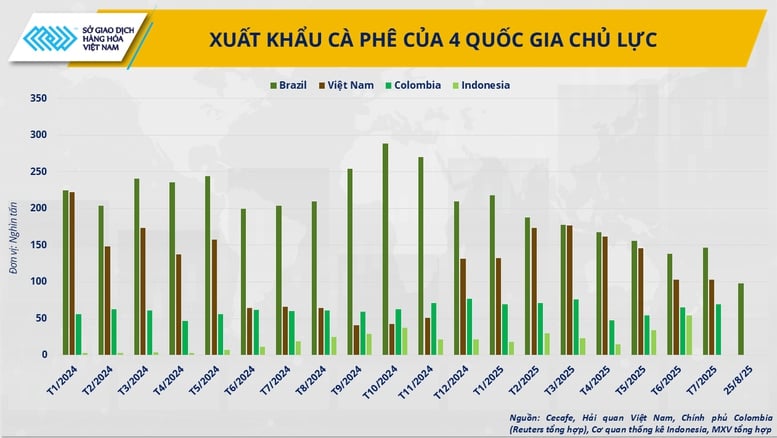
Vietnam: Good harvest, good price?
According to a report by the US Department of Agriculture (USDA) in May, Vietnam's coffee output in the 2025-2026 crop year (October to September) will grow slightly at 30 million bags of Robusta coffee (1.8 million tons), up 7.1% mainly due to favorable weather conditions that increase productivity, with the estimated coffee harvest area expanding to 620,000 hectares (up nearly 1%). In addition, Arabica coffee output is also mentioned at a modest level of 1 million bags.
According to MXV, the weather in the Central Highlands since the beginning of the year has been favorable for the growth of coffee trees. Most coffee gardens are currently showing good growth, with few pests and diseases. If properly cared for, the yield will increase compared to last year.
Vietnam’s peak coffee export period usually lasts from December to June, with the highest months usually falling in the first quarter. According to MXV, the coffee supply from the top four producing countries during this period next year will be significantly lower than the same period last year.
Coffee prices in the coming time may be strongly affected by the report of Conab, expected to be released in September. This report is expected to clarify the assessments of farmers and experts on the risk of production deficit due to weather and climate factors, directly affecting the 2026-2027 crop year of Brazil. The numbers given by Conab may reverse the forecast of USDA, causing the global coffee market to move from surplus to deficit.
In addition, before the EU deforestation ban comes into effect later this year for large companies, many corporations and importers in the region are likely to increase imports to ensure supply.
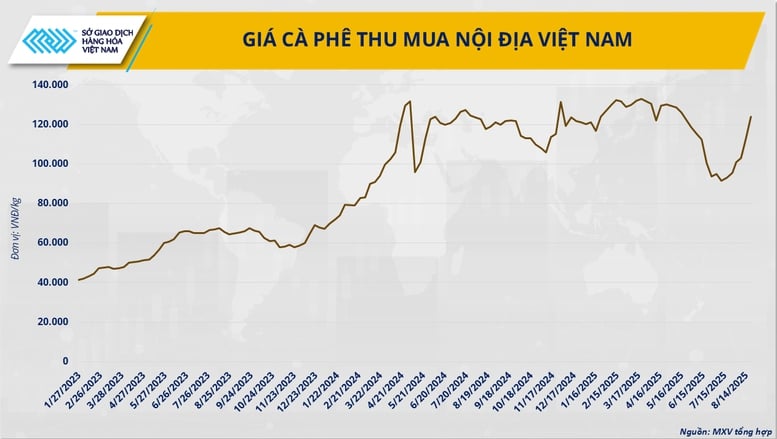
Therefore, if the coffee market reacts strongly to the above fundamental factors, MXV believes that coffee prices in the first months of the new crop year will likely remain stable at a high level, possibly even exceeding the 5,000 USD/ton mark. However, in the context of global economic and political instability, the trend of defensive capital flows may temporarily shift to safe-haven assets such as gold and silver. This may increase volatility and put pressure on coffee prices, making it difficult to maintain around the 4,500 USD/ton mark, even facing the risk of downward adjustment./.
Source: https://baochinhphu.vn/ca-phe-the-gioi-khan-hiem-viet-nam-co-pha-vo-kich-ban-duoc-mua-mat-gia-102250827154808864.htm








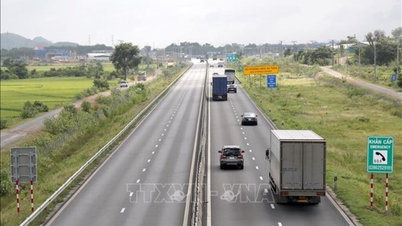




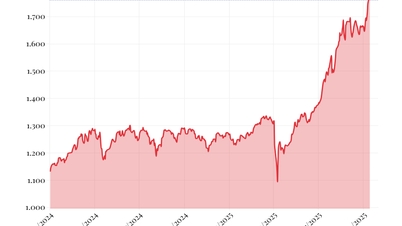






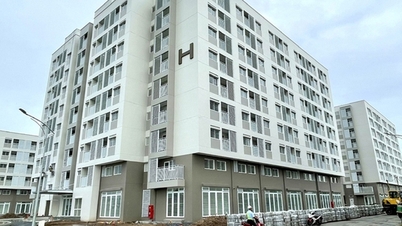

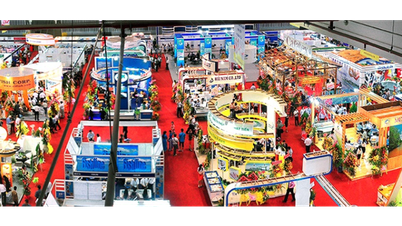

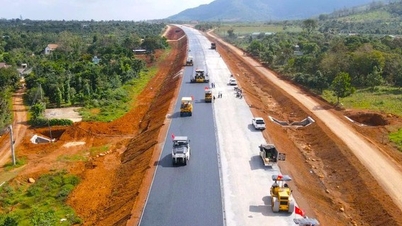

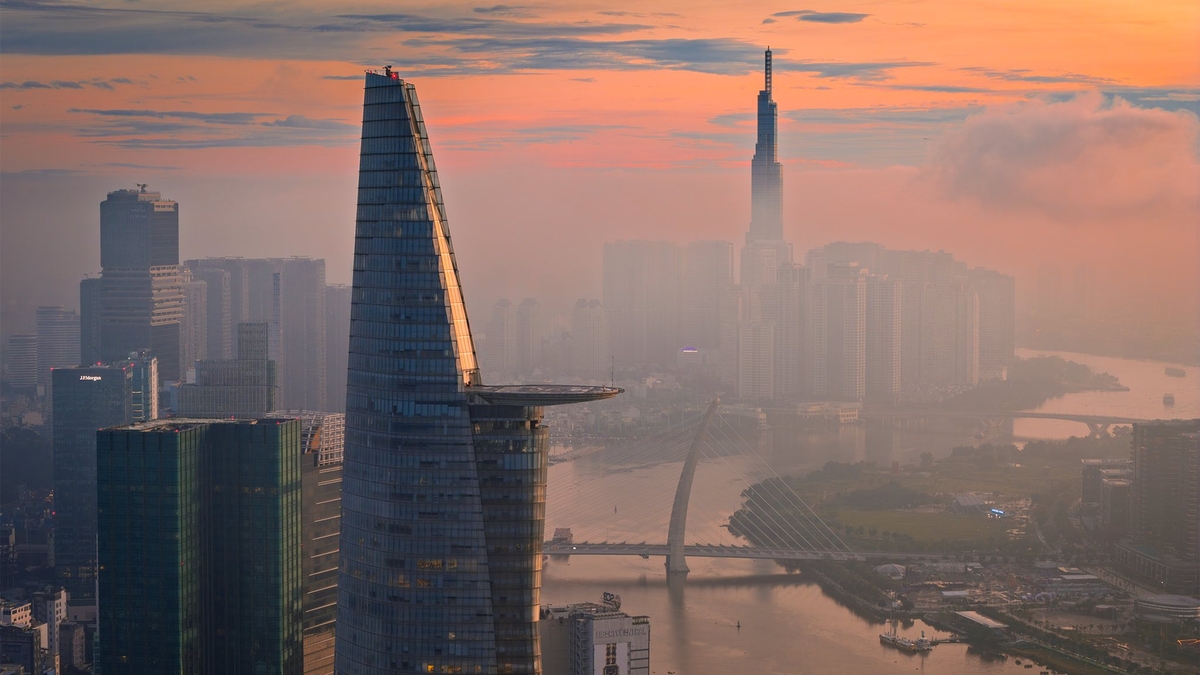














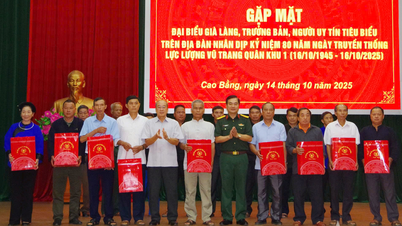




















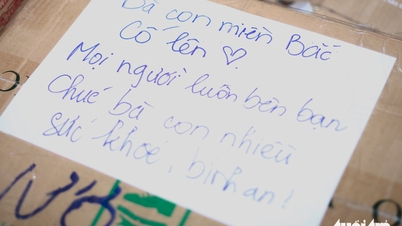


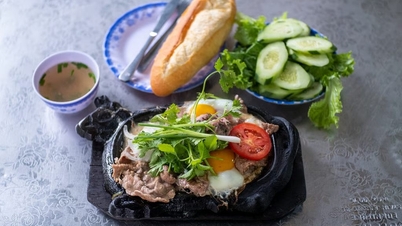













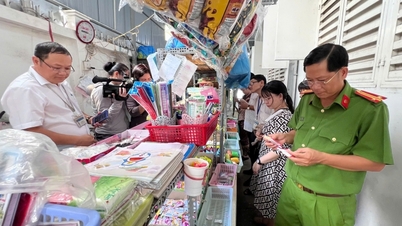





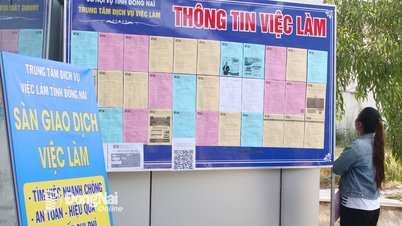















Comment (0)